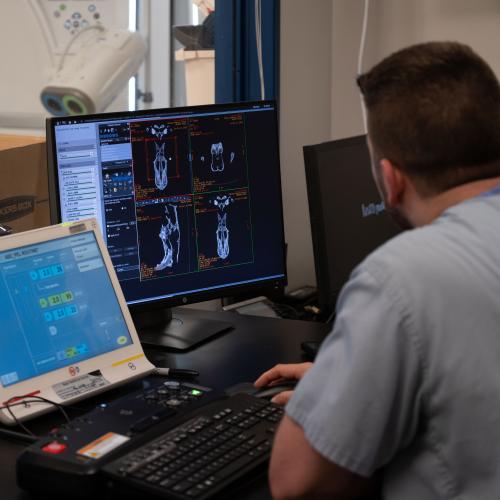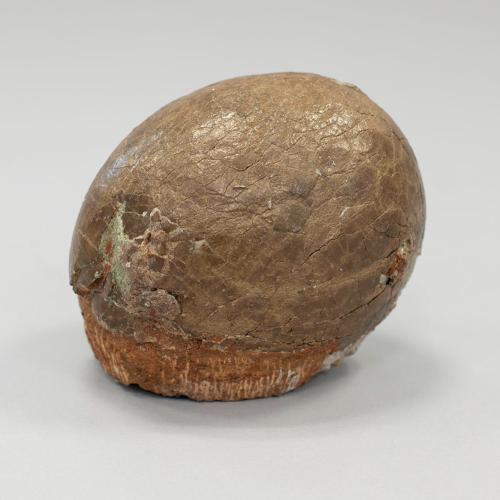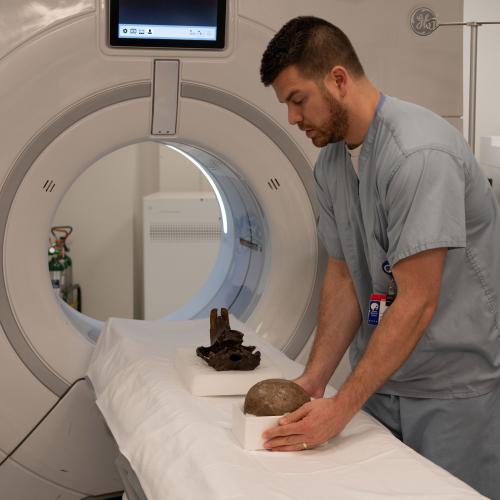Unlocking Prehistoric Secrets With 21st Century Tools
New York State Museum and Albany Medical Center Collaborate on Groundbreaking Paleontological Research
The New York State Museum has partnered with Albany Medical Center to conduct advanced research on two significant artifacts from the Museum’s collection: a dinosaur egg believed to originate from a Hadrosaur and the skull of a Giant Beaver (Castoroides ohioensis), a large extinct mammal from the Ice Age.
Utilizing CT scan technology, paleontologists and radiological experts were able to examine the internal structures of these rare specimens without damaging them. This marks the first time such detailed imaging has been used on these particular artifacts.
The CT scan of the dinosaur egg, which likely originated in Asia but represents a species known to have lived in the Northeastern United States, revealed no definitive evidence of an embryo. However, the scan did indicate that the egg is intact, and a small internal cavity identified during the scan will undergo further analysis.
Meanwhile, scans of the Giant Beaver skull offered answers right away, providing researchers with new anatomical details that were previously inaccessible. As the first described skull of this extinct Ice Age species, the specimen is a key piece in understanding the biology and evolution of the Giant Beaver. The CT data significantly enhances scientific knowledge of the structure of it's skull and teeth and is expected to support ongoing research into its life history and paleoecology.
Ultimately, this unique partnership between museum and hospital exemplifies how interdisciplinary collaborations can expand the scope of scientific discovery. Researchers from both institutions will continue to study the data collected from the scans in the coming weeks and months, with the goal of deepening understanding of prehistoric life and improving educational outreach.







